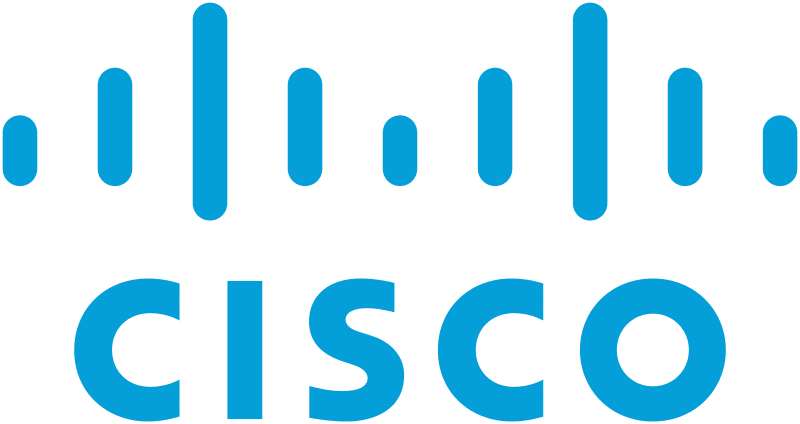
Cisco Systems is a name recognizable to network engineers everywhere. Cisco is a leading IT company, specializing in networking hardware, business systems, and even IoT among its many divisions. However, the company remains committed to its core business strength. It is still producing routers, switches, and a whole catalog of networking devices used by enterprises in virtually every industry. Cisco prides itself on offering some of the most secure business network environments. A business network is much more advanced and complex than even the best residential internet networks like Spectrum packages This makes the task of securing and monitoring the network complex as well. The high-quality network hardware is a key ingredient in this objective. But so are the monitoring tools that Cisco offers.
Cisco Tools to Monitor Cisco Devices and Networks
Businesses that choose Cisco normally go one of two ways. They can either get all of their Cisco network equipment from the manufacturer. Or they can opt for Cisco to only offer services in part. In either case, companies mostly need to monitor and manage their networks themselves. Most enterprises invest in network engineers devoted to the task of monitoring, managing, and maintaining network performance and security. But it still pays for business managers and leaders to understand several popular tools that can assist with the management and monitoring aspect. Some of the best network monitoring tools designed specifically for Cisco networking hardware include the following:
- DataDog Cisco Monitoring
- Site24X7 Cisco Network Monitoring
- SolarWinds Remote Monitoring and Management
- Cisco Network Assistant
Read on for more details on their tools and the range of features they offer.
DataDog Cisco Monitoring
DataDog utilizes cloud technology to offer a range of easily accessible IT management tools. The biggest advantage of using the DataDog Cisco Monitoring Tool is that it can integrate around 400 network procedures. These procedures are usually specific to certain Cisco hardware and also allow you to focus on specific pieces of hardware in isolation. DataDog is well-suited to the Cisco Meraki hardware range of IT devices. The tool uses SNM Protocols to monitor and report on specific devices, their performance, and health. DataDog also offers a useful dashboard for the customer’s end. The tool is primarily hosted in the cloud on DataDog’s own servers. However, you will still need to install an agent program for it to work. The program itself is compatible with Linux, Mac OS, and Windows and comes with a free trial period.
Site24X7 Cisco Network Monitoring
Like DataDog, Site24X7 also uses SNMP to track and monitor network hardware. Virtually all Cisco hardware already includes SNMP support. The tool simply acts as the SNMP manager, monitoring device performance, and generating reports for use by network engineers. Since the tool is cloud-hosted, you don’t have to rely on on-site software. Instead, the tool can be accessed remotely and will still be able to communicate with your various network devices. Site24X7 can create a device inventory and topology representation once it automatically detects all Cisco devices on the network. Daily updates to this information ensure that network engineers are always aware of device removals or additions. The tool comes in several tiers, but also offers a free trial to prove its worth.
SolarWinds Remote Monitoring and Management
This RMM tool from SolarWinds is perfect for centralized IT functions managing different sites remotely. Like most tools of its kind, SolarWinds is software offered as a service or a SaaS. This inherently means you don’t have to arrange for a dedicated server or significant storage space. The RMM can communicate with and monitor a range of hardware from various manufacturers. But in particular, it performs well with Cisco hardware as well. The RMM can even monitor hardware like printers, toner ink levels, temperature levels, and CPU performance.
Cisco Network Assistant
This tool has been developed by Cisco itself, so it may seem like the best option out there. Even more when the majority of your network consists of Cisco hardware. In addition, it is a free tool, so many network engineers may jump at the chance to get it. However, the tool is only capable of monitoring smaller business networks. Typically these networks can only have up to 80 devices at most. While this is great news for smaller businesses, it may not be suitable for large-scale enterprises. However, the tool itself offers all the essential functions. It can automatically track and identify all Cisco devices on the network. This allows it to generate accurate network topology maps. The system allows users to generate network and device reports at will, and can also be scheduled to generate reports automatically.